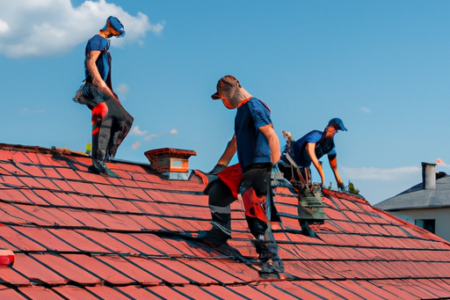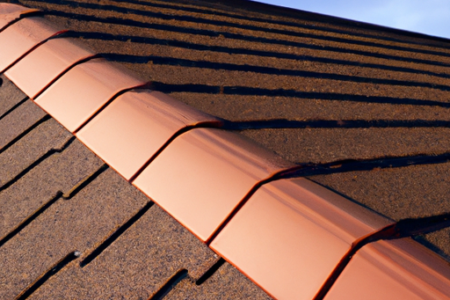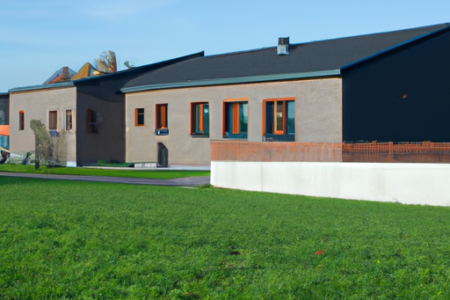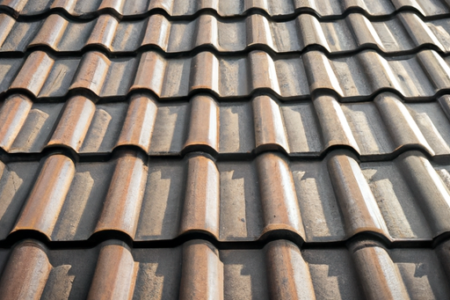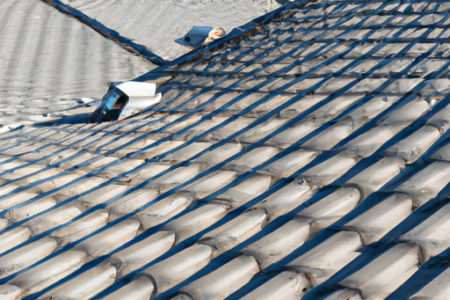When it comes to maintaining and repairing commercial roofs, hiring reliable commercial roofing contractors is of utmost importance. These professionals not only install and fix roofs, but they also play a crucial role in ensuring the safety, longevity, and durability of commercial buildings. Finding trustworthy contractors can be daunting, but it is essential as the quality of workmanship and materials used can significantly impact the overall condition of the roof and the structural integrity of the building. Their key roles include assessing the needs of the property through thorough inspections, providing expert advice and guidance, using the necessary tools and equipment efficiently and safely, and offering guarantees and warranties. Ultimately, reliable commercial roofing contractors contribute to the overall well-being and safety of commercial properties and protect investments for years to come.
